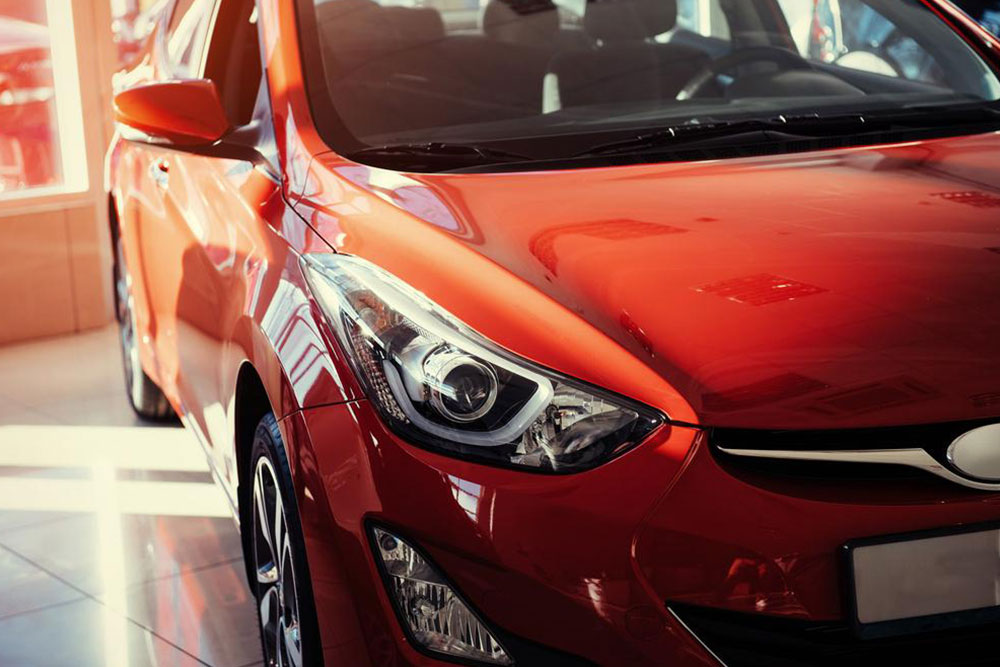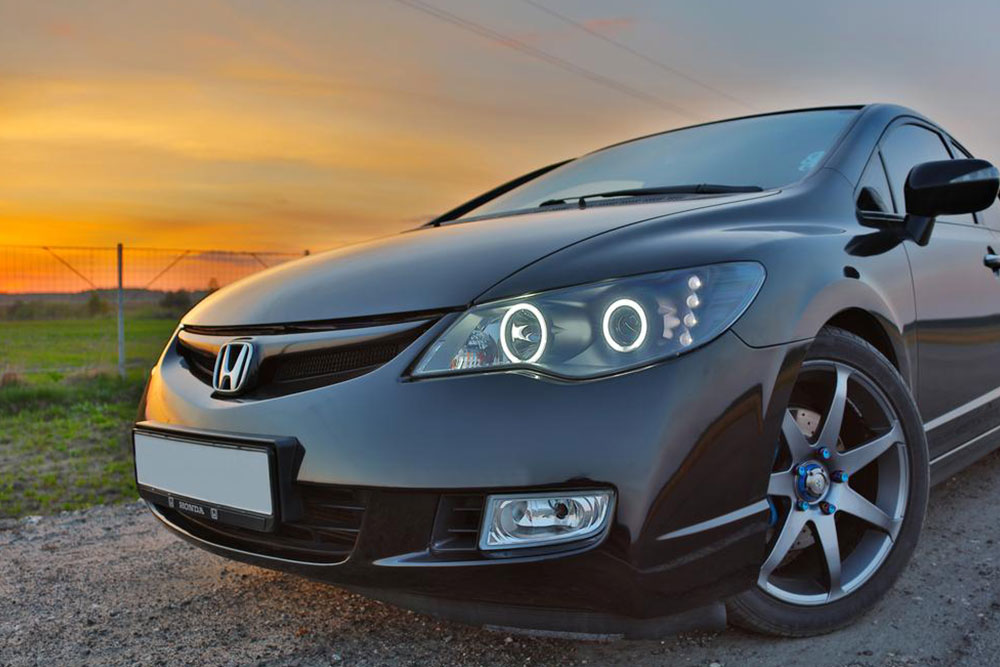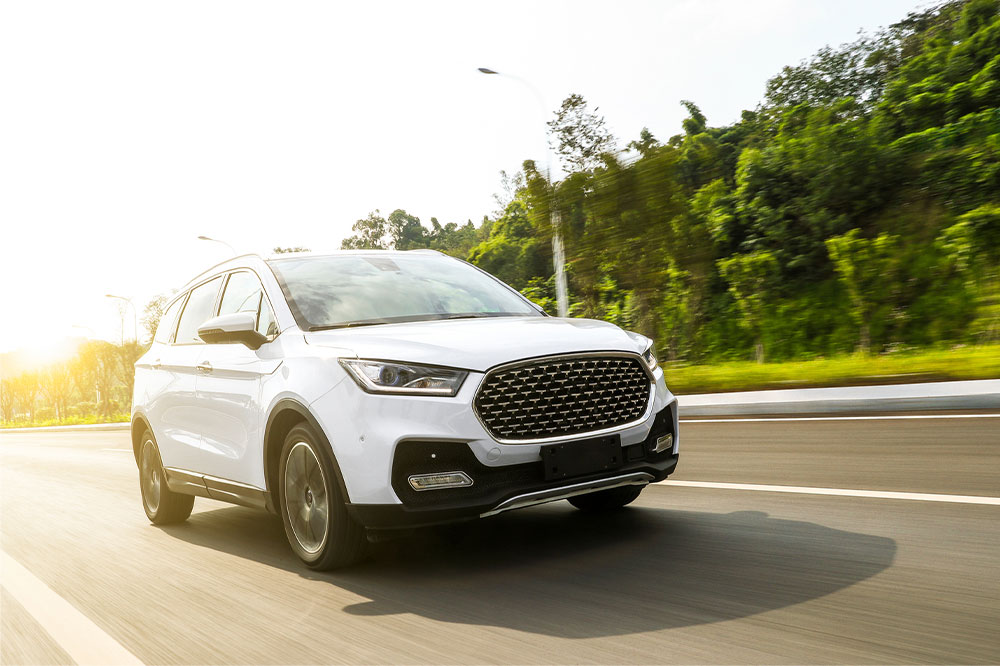Critical Factors Shaping Vehicle Safety Standards and How They Protect You
Vehicle safety standards are shaped by rigorous testing and technological advancements, ensuring maximum protection for occupants. This article explores the key factors influencing safety regulations, including crash tests, active safety features, and industry benchmarks, highlighting the importance of selecting vehicles equipped with the latest safety technologies for optimal protection.

Critical Factors Shaping Vehicle Safety Standards and How They Protect You
In today's automotive landscape, vehicle safety has become a paramount concern for manufacturers, regulators, and consumers alike. Modern vehicles are no longer just mechanical marvels equipped with powerful engines and luxurious interiors; they are sophisticated safety machines designed to protect their occupants in an unpredictable world. With rapid technological innovation, automakers continually refine and upgrade their safety standards to ensure that drivers and passengers are safeguarded against a myriad of road hazards and collision scenarios.
Every year, enormous investments are dedicated to developing state-of-the-art safety systems. These include features like advanced driver-assistance systems (ADAS), collision avoidance technologies, automatic emergency braking (AEB), lane departure warnings, adaptive cruise control, and more. The goal is not just to meet regulatory requirements but to push forward the boundaries of safety, reducing accidents and saving lives.
To understand the importance of these standards, it’s essential to recognize the role played by authoritative safety assessments from organizations like the Insurance Institute for Highway Safety (IIHS) and the National Highway Traffic Safety Administration (NHTSA). Their rigorous evaluations provide benchmarks for vehicle safety, influencing both consumer choices and manufacturers’ designs. In 2017, several models distinguished themselves as leaders in safety—including the Chevrolet Volt, Mazda 3, Volkswagen Jetta, Audi A4, Lexus RC, Toyota RAV4, Honda Pilot, Acura MDX, Mercedes-Benz GLE-Class, Chrysler Pacifica, and Honda Ridgeline—showcasing a broad range of vehicles that prioritized occupant protection.
Vehicles are systematically categorized based on their class and size, from compact cars to full-size SUVs and trucks. Before earning official safety ratings, they must pass through an initial battery of five stringent crash tests. These include the moderate overlap and small overlap frontal crash tests, side impact tests, roof strength evaluations, and head restraint assessments designed to prevent neck injuries during collisions. Passing these tests is a prerequisite for any vehicle to be listed among the safest options available in the market.
Beyond passive safety features, active safety technology has become a critical component of vehicle safety standards. For instance, front crash prevention systems evaluate whether the vehicle's onboard computer systems—such as forward collision warning and automatic emergency braking—are capable of detecting potential frontal collisions and taking corrective measures to avoid or mitigate impact. Similarly, headlight performance is scrutinized to ensure excellent visibility during night driving, which significantly reduces accident risks.
As automotive safety technology continues to evolve annually, consumers are encouraged to stay informed about the latest safety features included in their vehicle options. Opting for vehicles equipped with the newest ADAS features can greatly enhance safety, providing peace of mind for drivers, passengers, and pedestrians alike. The continuous quest for safer vehicles underscores the automotive industry's commitment to protecting lives and improving occupant safety standards worldwide. If you’re considering purchasing a new vehicle, prioritizing safety ratings and features isn’t just a wise choice; it’s a vital step toward safeguarding your most valuable assets — your lives and those of your loved ones.




